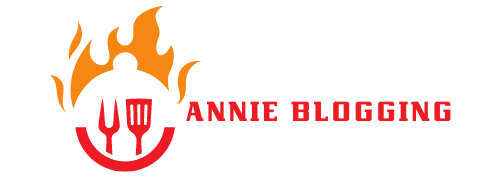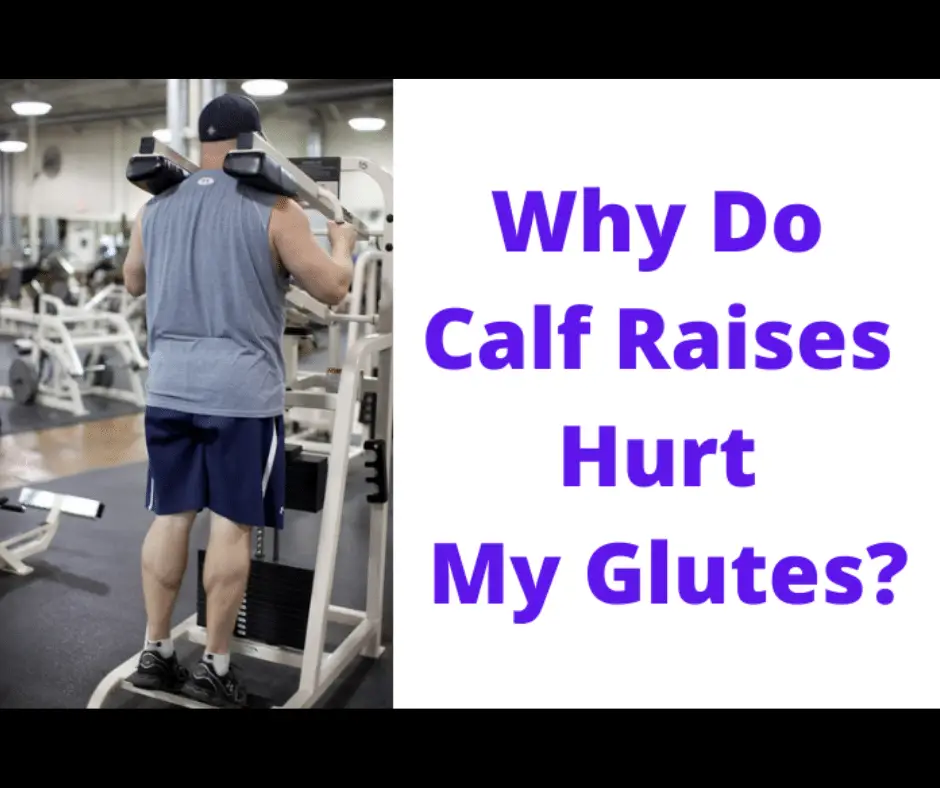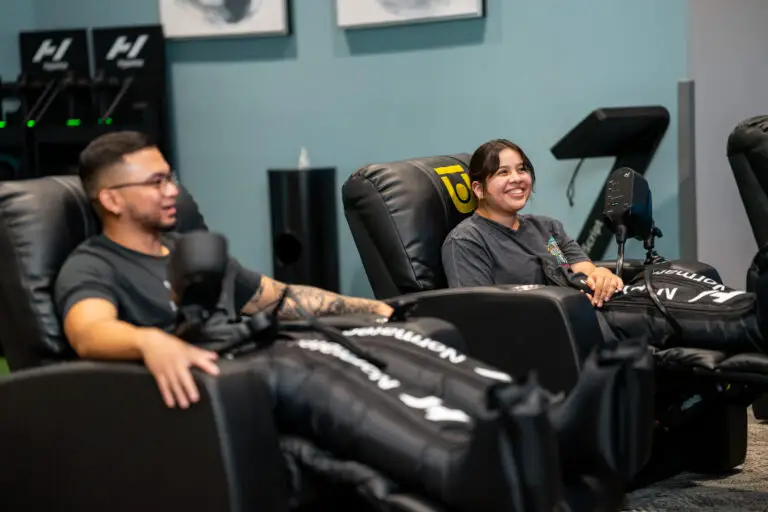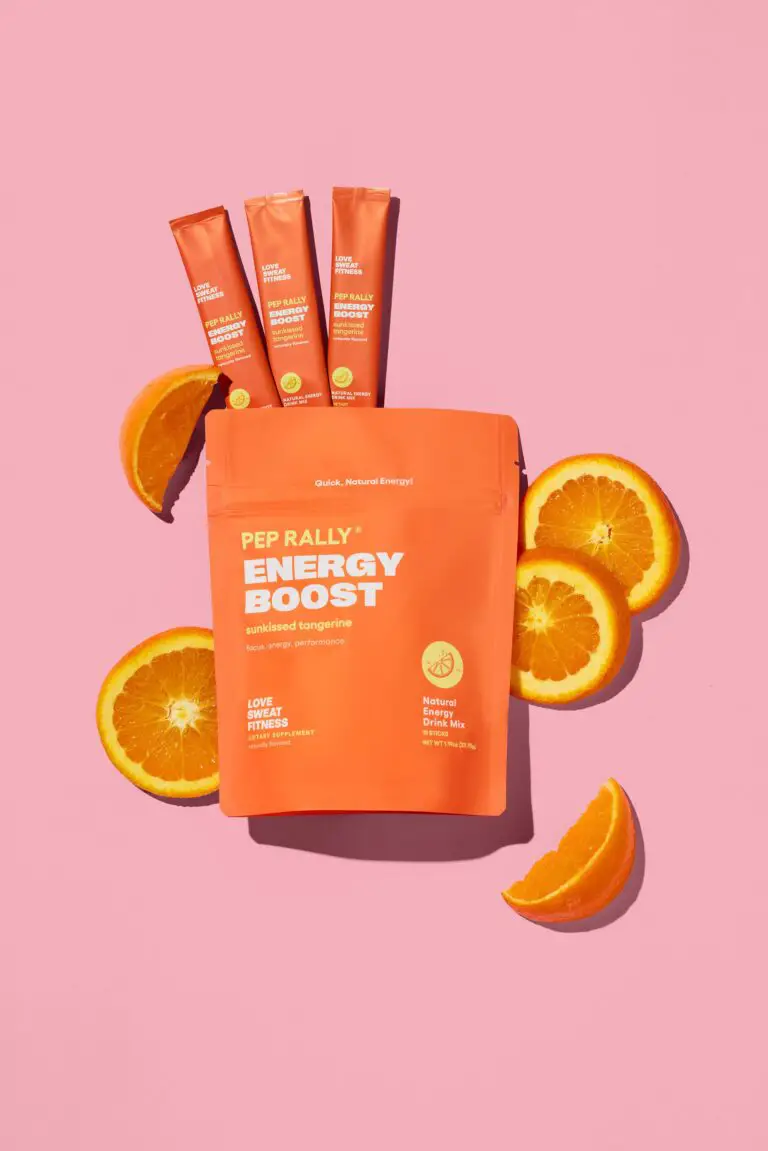Feeling Calf Raises in Your Glutes? Don’t Worry, It’s Normal (But Here’s the Catch)
The glutes and the hamstrings are activated to some extent during calf raises. The glutes will not be isolated, but they will contract in order to keep you in a standing position. However, if you somehow hinge at the hips, the glutes will be activated to a far greater degree. Plus, if you are calf raising a heavy weight there is a tendency to lift some of this weight with the hips or knees, which will bring either the glutes or hamstrings more into play.
Do Calf Raises Work Glutes?
Calf raises isolate the main muscles of the calves, namely the gastrocnemius, soleus, and plantaris. But you might notice other muscles of your posterior chain (the muscles that comprise the back lower half of the body) engaging as well, such as the glutes and hamstrings. This is even more noticable if these muscles are weak.
The Glutes & Hamstrings Are Activated During Calf Raises
Something you should be aware of is that the glutes and the hamstrings are activated to some extent during calf raises.
Well, in truth, more so when you perform standing calf raises.
Basically, in order to remain in a standing position when “carrying” a load both your glutes and hamstrings will go through isometric contraction.

This is true any time you are “weighed down” with something while in a standing position.
So, having a heavy barbell across the back of your shoulders before you squat will see the glutes and hamstrings isometrically contract.
Performing standing bicep curls will see the same thing happen, but to a lesser degree.
And even carrying a couple of bags of shopping will once again involve an isometric contraction in the glutes and the hamstrings.
Now, in reality the glutes (or the hamstrings) are not actively involved in calf raises.
However, I think it’s important to stress that they will be “activated” in some way.
If they weren’t, as soon as you pick up a load you would basically collapse and fall to the ground.
Okay, perhaps a slight exaggeration, but hopefully you get my meaning.
So, whether you perform one-handed dumbbell calf raises, with a barbell, or with a calf raise machine, the glutes will become stimulated.
In effect, this means that you should never feel the glutes during seated calf raises, but I know that some people do.
I shall touch on this point in a moment.
You’re Hinging At The Hips
Even though calf raises seem to be a very simple exercise in terms of execution, this doesn’t mean that they’re never performed with poor technique.
In fact, I would rate calf raises as one of those exercises where it is quite common to not feel the calves working because of incorrect form.
I’ve previously spoken about pushing through the toes, as opposed to lifting the heels, in my article about calf raises hurting your feet.
And this is just one of many errors that can stop you feeling calf raises in the target muscles, i.e. the calves.
Something I see quite often is people bringing the hips into play during calf raises.
This is most commonly done by slightly hinging at the hips.
In truth, if you’re doing this you probably don’t even realise it.
The movement can typically be so slight that it’s hardly even noticeable.

It’s almost as though you’ve managed to get your body into a modified Romanian deadlift stance.
So, your hips are pushed slightly back and your torso is angled slightly forward.
By doing this you are activating the glutes to far greater effect.
This is why you may feel it in your glutes if you’ve taken up this body position during seated calf raises.
In fact, this also brings the hip flexors into the equation, which is why some people complain of tight hip flexors, or hip flexor pain whenever they perform calf raises.
Additionally, this hip-hinge type stance may also cause you to bend at the knees, which will then activate the hamstrings to greater effect.
All of these minor indiscretions are taking the impact of movement away from the calves and placing stress on various other body parts.
And this is usually why you feel a “burn” in the glutes rather than the calves.
You’re Using Too Much Weight
I would say that the major reason that either your hips or knees come into the equation during calf raises is because you’re trying to lift too much weight.
In fact, you can usually cheat on calf raises, once again, without even noticing that you’re doing it.
This is generally why I think it’s better to get bodyweight calf raises absolutely on-point before adding weight.
You may actually find that you’re cheating while using nothing but your own body weight, so you have no hope of performing the exercise correctly when using an additional load.
Anyway, back to the point, are you perhaps using too much weight during calf raises?

The calves are obviously very small muscles when compared to the quads and other muscles of the legs.
So, it is fairly common to allow the larger muscles, i.e. the glutes, to take over during a set.
As soon as you do this you’re no longer training the calves, and the glutes (or other leg muscles) are receiving all the stimulation from your movement.
You’ll be able to tell if you’re using too much weight, as there is a tendency to bend at the knees, or once again hinge at the hips.
In addition to using a lighter weight I would also suggest firing up the mind-muscle connection to begin with.
You could do this by performing a few reps of bodyweight calf exercises first (or using the calf test strength I’ve mentioned above) and really concentrating on using your calves.
So, don’t push through your toes, simply raise the heels.
Perform each rep in a slow and controlled manner.
Hold at the top of movement for a count of 3 and really contract the calf muscles.
Once you’ve completed a few bodyweight reps you can then add weight.
However, concentrate on using the exact same technique as above.
So, keep it slow and controlled, hold at the top, and really squeeze the calf muscles.
You’ll find that if you’re trying to rush through your reps at a frantic pace this usually means that you’re using too much weight.
And this is when you’ll overly activate the glutes.
Try Calf Raise Variations
One thing I will say is that the calves typically respond better to variety.
So, looking at the above example of perhaps using too much weight, you can alter this in subsequent workouts.
So, maybe do your first calf workout in the 8-12 rep range, and then another workout later in the week in the 15-25 rep range.
You can also change foot position with each set.
So, have your toes pointed forward for one set, pointed inwards the next set, and pointed outwards for another set.
You could also vary the apparatus (or lack of) that you use for calf raises.
I know many people who swear by doing calf raises on the leg press machine (or hack squat) when compared to any other way.
There’s typically no glute involvement whatsoever and the calves get a real hammering.
I’ve already spoken of using bodyweight calf exercises in addition to weights.
| 💪 Complete Calf Workout Routine 🦵 | |||
|---|---|---|---|
| Exercise | Reps/Sets | Primary Muscle | Secondary Muscle |
| Standing Plate Weight Raise | 12-15 reps, 3-4 sets | Gastrocnemius | Soleus |
| Seated Plate Weight Raise | 12-15 reps, 3-4 sets | Soleus | Gastrocnemius |
| Single Leg Seated Calf Raise | 10-12 reps, 3 sets per leg | Soleus | Gastrocnemius |
| Single Leg Standing Raise | 10-12 reps, 3 sets per leg | Gastrocnemius | Soleus |
| Pulse Raises | 15-20 reps, 3-4 sets | Gastrocnemius and Soleus equally | |
| 1.5 Calf Raise | 12-15 reps, 3-4 sets | Gastrocnemius | Soleus |
| 3-Way Calf Raises | 12 reps (each direction), 3 sets | Gastrocnemius and Soleus equally, with emphasis on different fibers due to directional changes | |
| Wall Drive Calf Raise | 12-15 reps, 3-4 sets | Gastrocnemius | Soleus |
| Squat Calf Raise | 12-15 reps, 3-4 sets | Gastrocnemius | Soleus and quadriceps as a stabilizer |
| Calf Raise Hold | Hold for 30-60 seconds, 3 sets | Gastrocnemius and Soleus equally | |
| Toe Walk | 30-60 seconds or a set distance, 3 sets | Gastrocnemius | Soleus |
| Glute Bridge Calf Raise | 12-15 reps, 3-4 sets | Soleus | Gastrocnemius and glutes |
| Single Leg Glute Bridge and Raise | 10-12 reps, 3 sets per leg | Soleus and glutes | Gastrocnemius |
| Calf Raise Circles | 10-12 reps (each direction), 3 sets | Gastrocnemius and Soleus equally, with circular motion engaging various fibers | |
| Brought to you by mybodyweightexercises.com | |||
Plus, you can change the type of load that you use.
You have a choice of single-handed dumbbell calf raise, two-handed dumbbells, with a barbell, smith machine, sandbags, resistance bands, and of course the seated or standing calf raise machines.
Basically, if your glutes are really feeling the burn with your current preferred calf raise variation, try something else.
I know we tend to look for the “best exercise” with all the various body parts.
And when it comes to calves, we most commonly view the standing calf raise as the best way to train the gastrocnemius, and seated to train the soleus.
However, a bit of variety could help to once more fire up your calves and take the strain away from your glutes.
Key Learning Points
- The glutes will always be activated in some way during standing calf raises.
- If you feel your glutes you’re probably hinging at the hips or using too much weight.
- Ensure your body remains perfectly straight for each rep.
- Don’t bend at the knees or the hips when performing calf raises.
- Perform calf raises in a slow and controlled manner.
- Contract your calves at the top of the movement.
- Try calf raise variations with both weights or your own bodyweight and also vary your feet position to hit various parts of the calf muscles.
If you know you know, check out my article about calf raises making you feel like you need to pee!

Hi, I’m Partha, owner and founder of My Bodyweight Exercises. I am a Level 3 Personal Trainer and Certified Strength & Conditioning Specialist through the Register of Exercise Professionals, United Kingdom. I have been a regular gym-goer since 2000 and coaching clients since 2012. My aim is to help you achieve your body composition goals.
#Feeling #Calf #Raises #Glutes #Dont #Worry #Normal #Heres #Catch





